Imperial Kyoto
| Travel Reports by mfedley | view profile of mfedley |
| previous post |
| next post |
| Note: The opinions and views expressed in this user report are those of the individual author and do not necessarily reflect the opinions and views of japan-guide.com. |
December 26, 2019 - Imperial Kyoto

For my seventh day in Japan, I finally made it to one of the old imperial capitals on Japan - Kyoto. I'll see soon if it's possible to visit this city and try and skip the crowds. For my first day in Kyoto - I'll be focusing on some of the imperial palaces and an area with a large number of Zen Gardens in a small vicinity.
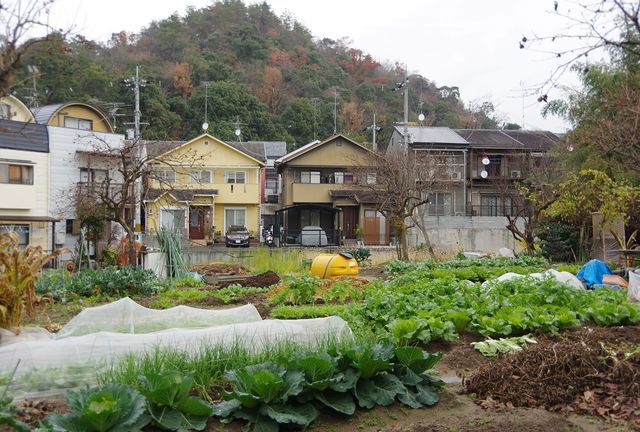
My first stop of the day was the Shugakuin Imperial Villa which is located in North East Kyoto. Unlike most other sites in Kyoto, many of the Imperial Villas requires booking which can be easily achieved online. Note that this villa is free to enter but they often book out months in advance.
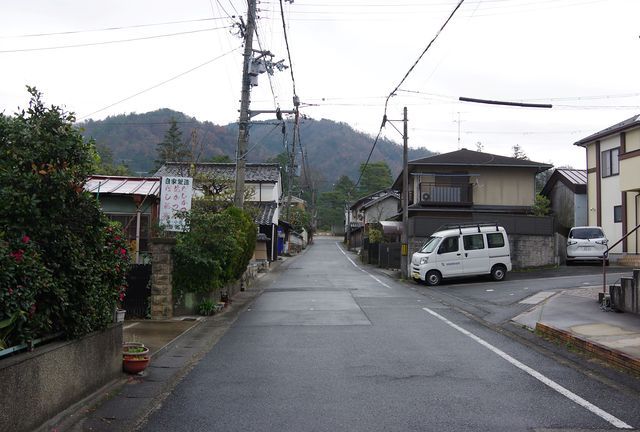
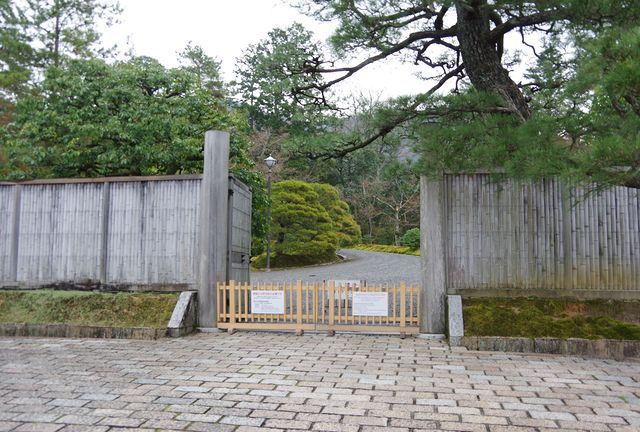
One of the slight annoyances of reaching Shugakuin Imperial Villa is it's remoteness to the train system. It's at least a 10 minute walk from the nearest bus stop. On a positive note, I've now learnt that buses are a great way to travel around Kyoto.
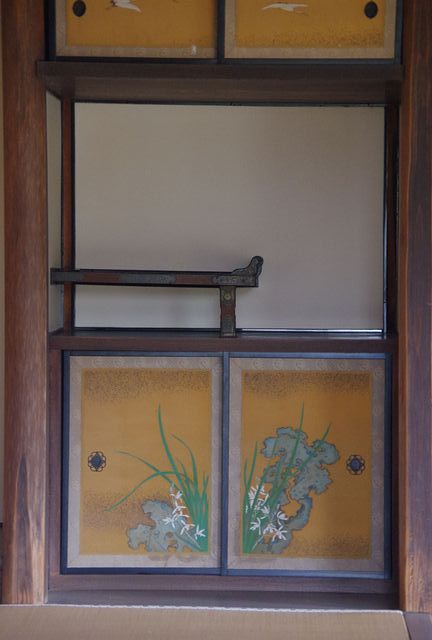
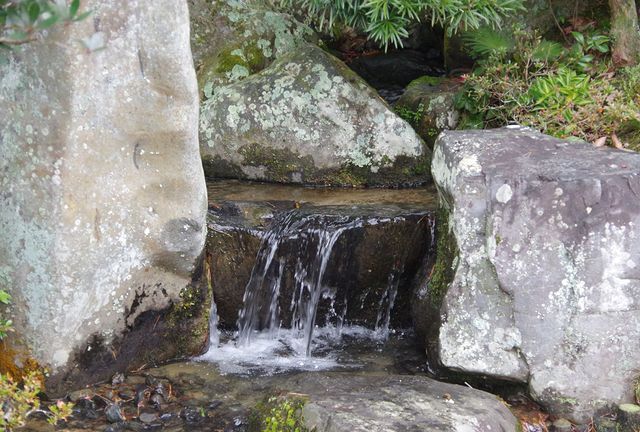
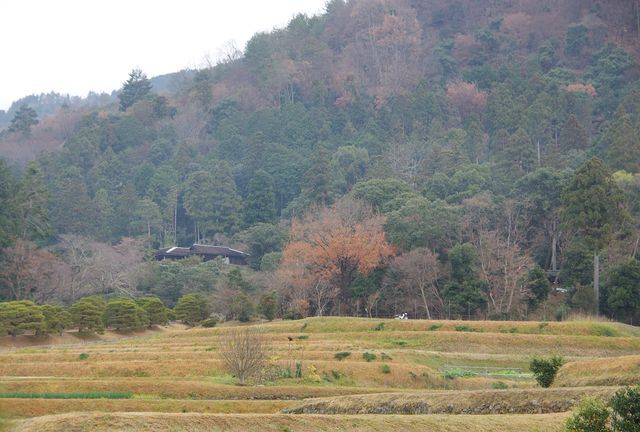
Shugakuin gets it's name from a temple which was built in the latter half of the 10th century - but the current villa was completed around 1659. There are three villas which are interconnected by pine pathways surrounded by countryside.
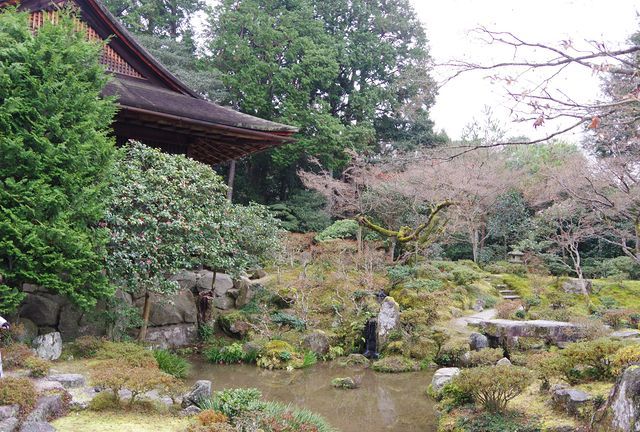
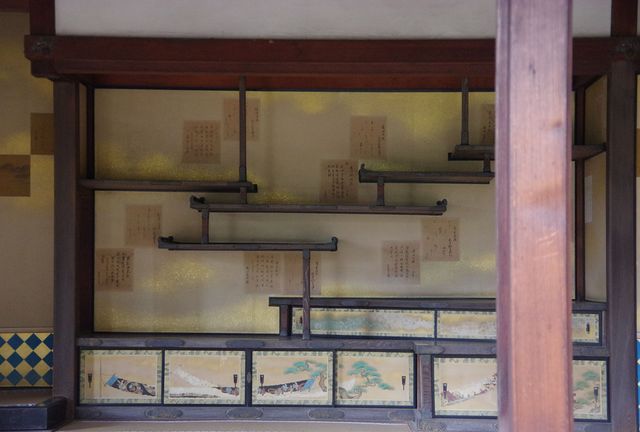
The first thing I noticed about this villa was that the gardens were not as heavily manicured as I expected - but there was some interesting architecture though. It's also fair to say that Shugakuin is probably better in the slightly warmer months - or at least a day when it was not cold and drizzly before the plum blossoms.
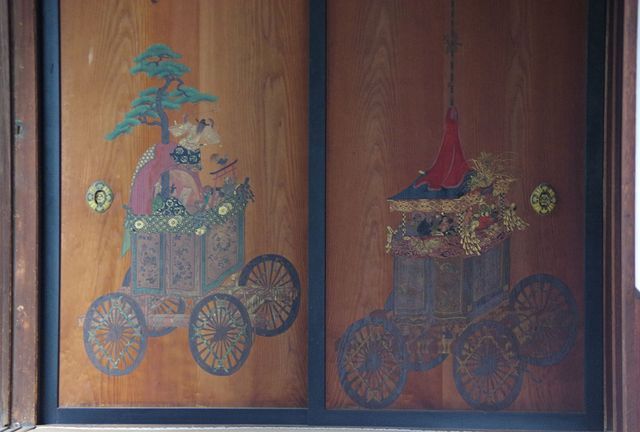
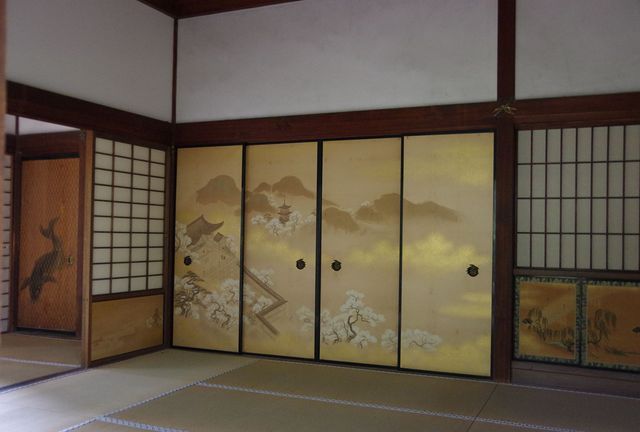
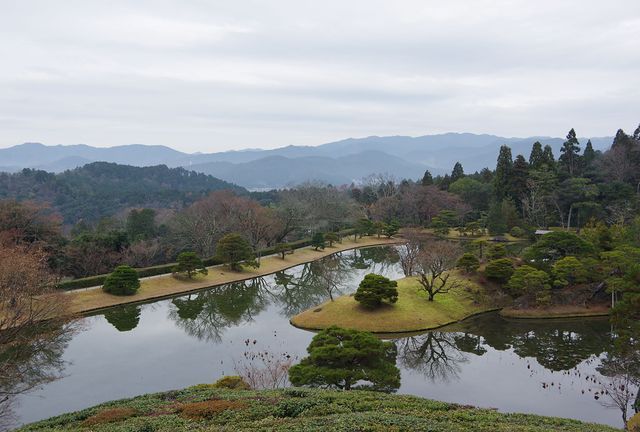
Probably my favorite part of the tour was the Upper Villa. I also forgot to mention that you can only visit via tours which are conducted in Japanese but there is a English audio guide which is helpful.
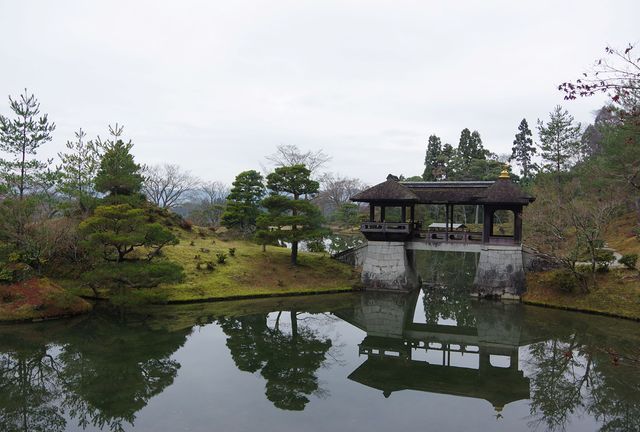
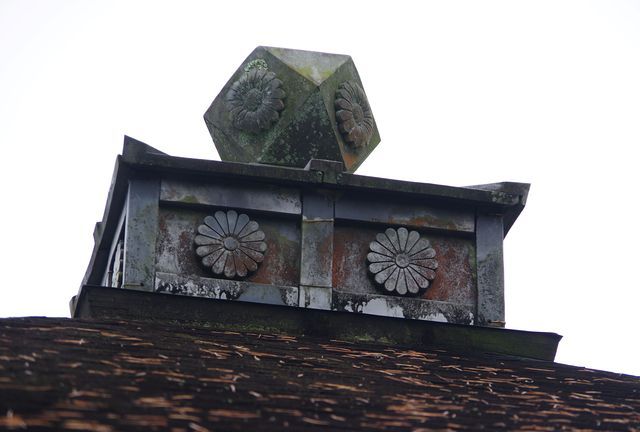
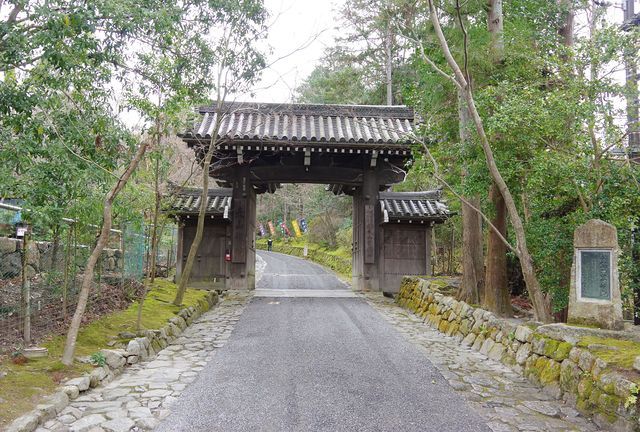
Located a 5 minute walk from the villa, Sekizanzenin Temple is free to enter and is part temple, part shrine. It's nothing special but at least it's picturesque and devoid of the crowds I'm trying so hard to avoid.
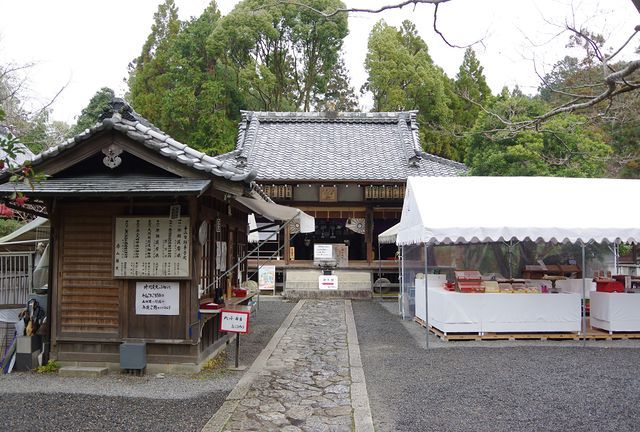
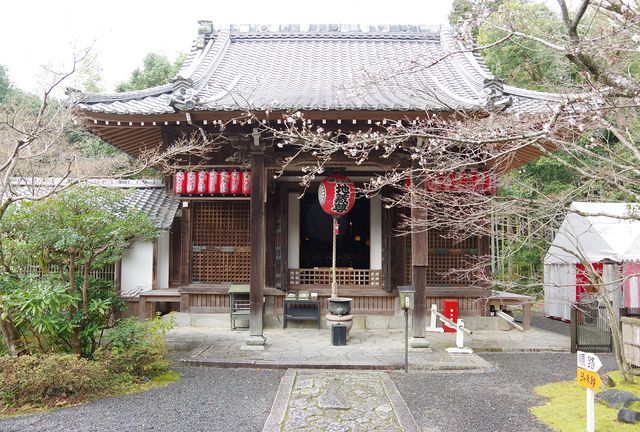

This is an odd thing to say - but I did find this temple different than the many I've seen in the past. I'm not really sure why though.
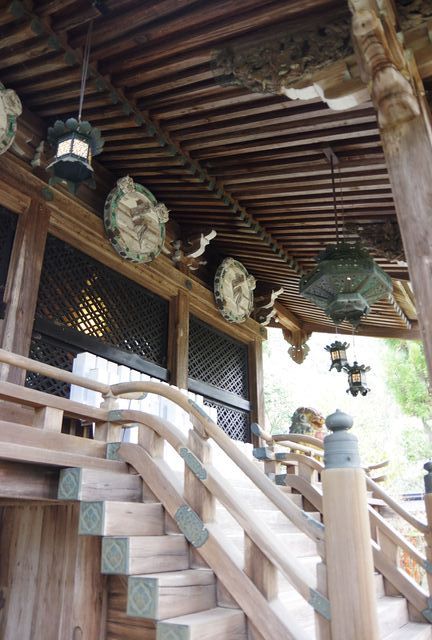
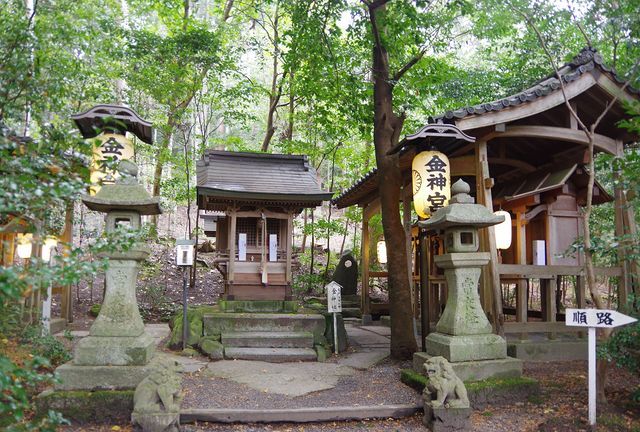
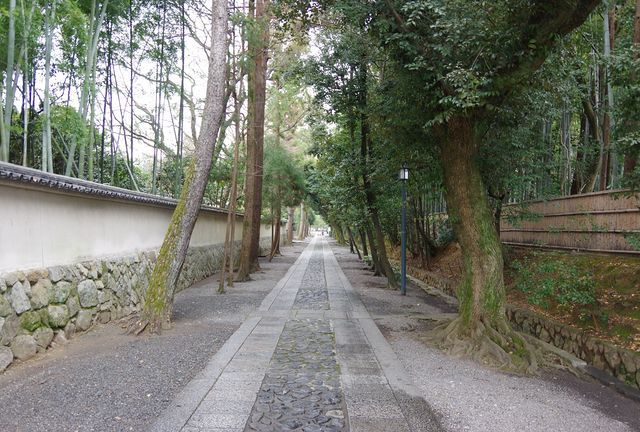
As I was visiting the Katsura Villa in the afternoon, I decided to make a detour for a couple of hours to Daitoku-ji Temple which is known for it's Zen Gardens. There are over 20 sub-temples in the sprawling grounds, with some being open to the public either most of the year or for special events.
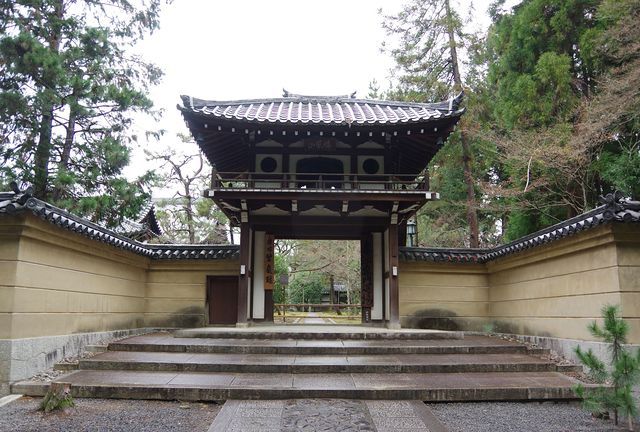
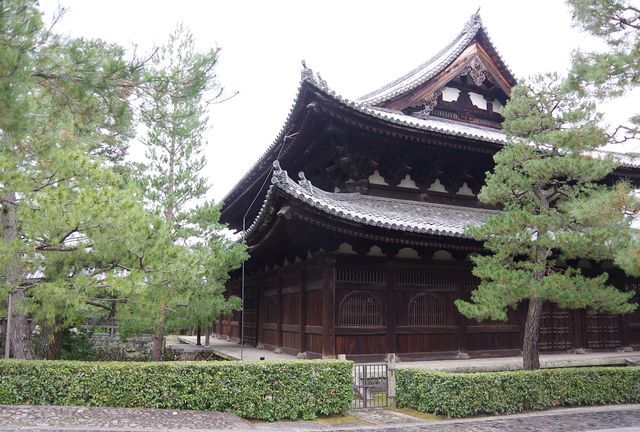

My first Zen temple was Daisen-in which was first built in in 1509 and costs 400 yen to enter. When you enter, they will give you a board with numbers that represent the different rocks. The board explains (a paragraph for each rock - around 30 from memory) what you are basically viewing.
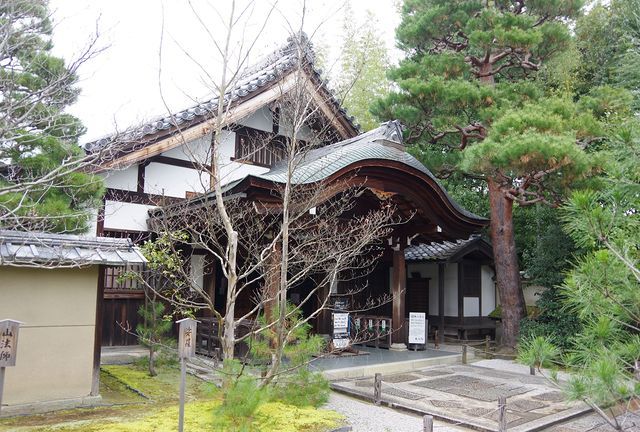

Photography is not allowed at Daisen-In temple - but they do have matcha and a sweet which can be purchased for 300 yen. The Zen Monk who was on duty seemed to speak reasonably English and may be up for a conversation if it's not too busy.
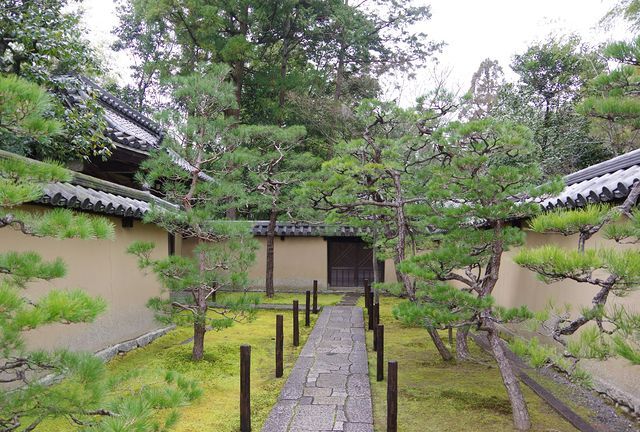
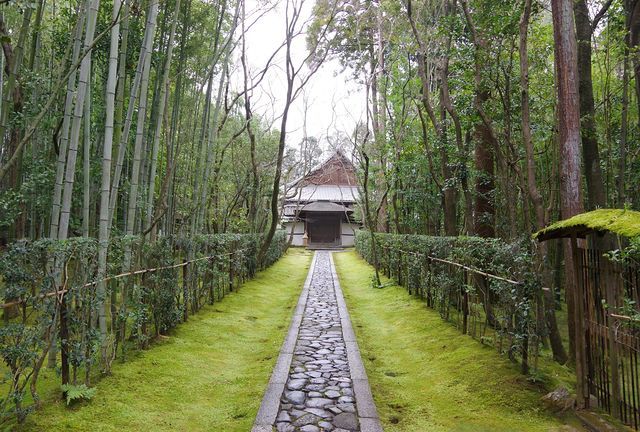
My next stop was Koto-in Temple which was first built in 1501. It costs 500 yen to enter and strangely it's entry seems to be the most photogenic (in winter) part of the temple.
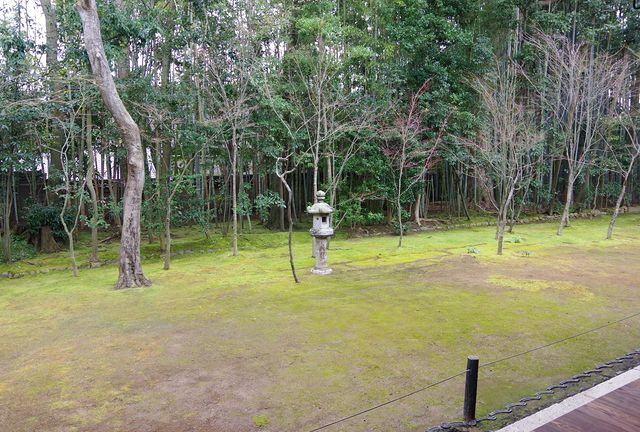
This here is meant to be the main Zen garden and shows simplicity. For a layman like myself - I just don't get it. Another interesting facet of this temple is there was no advertisements or signs guiding people here - only a sign directly at the front after a long walkway.
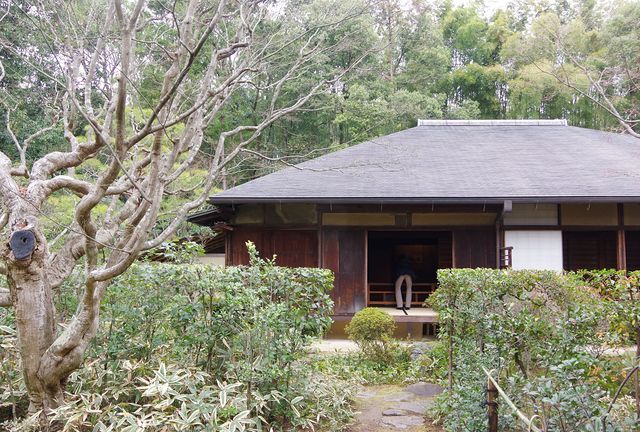
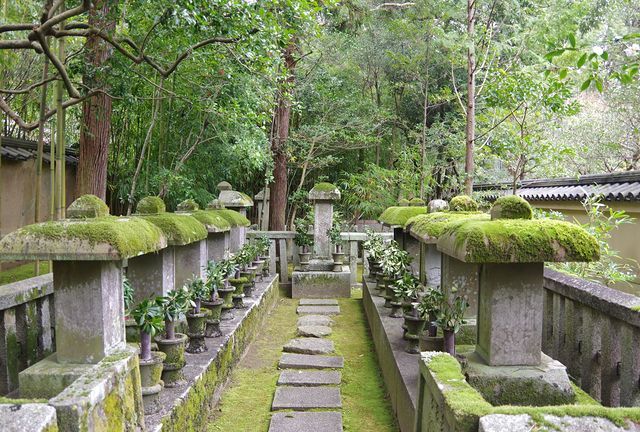
One positive part about Koto-In was that you could walk around the grounds - albeit in fluorescent lime green slippers. Photography is also allowed - as can be seen through the numerous photos.
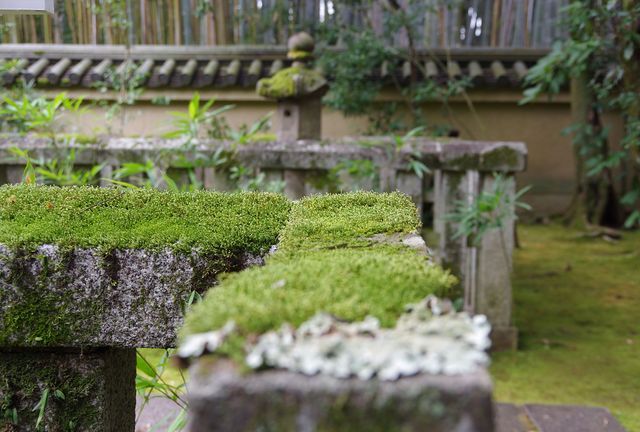
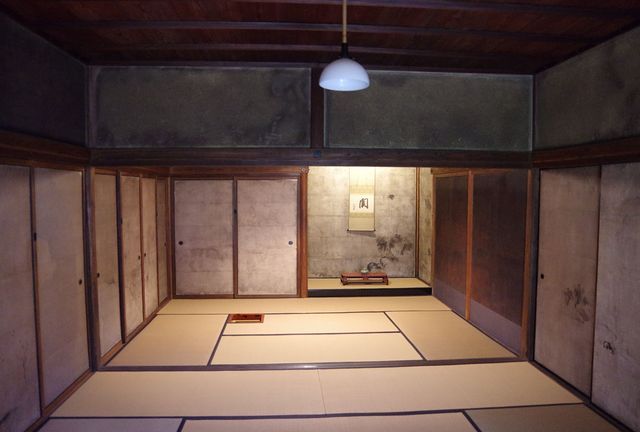
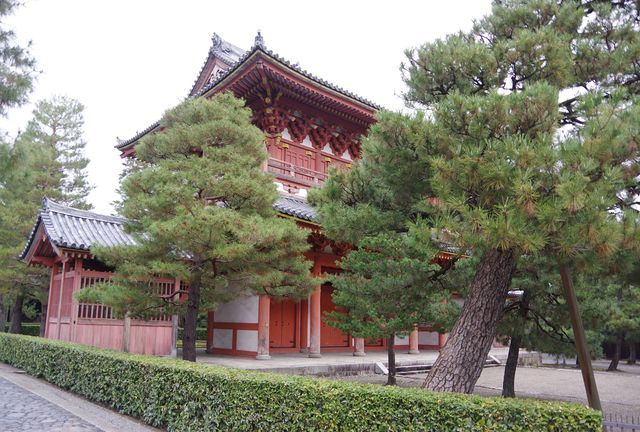
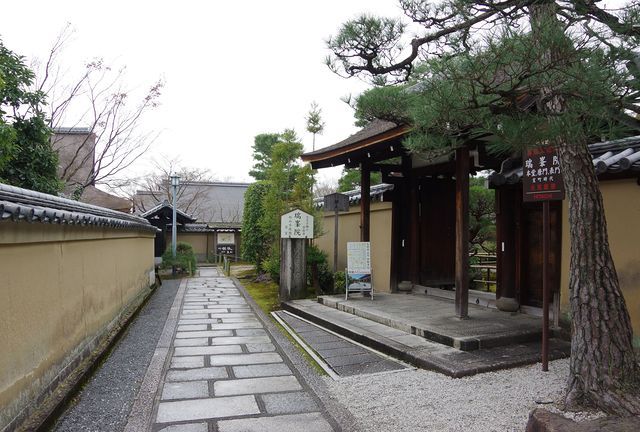
The last open Zen garden was Zuiho-in which costs 400 yen to enter and was built in 1546. Another handy feature of this garden is it's pamphlet includes a map of gardens which are often open in Daitokuji which was quite helpful.
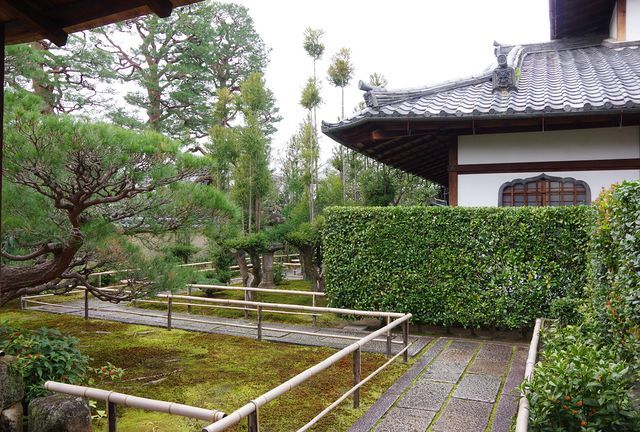

This temple had the most interesting rock garden - but Daisen-in was probably the best out of the three. Another temple is normally open - but this temple (Ryugen-in) seemed to be having minor works occurring at present.
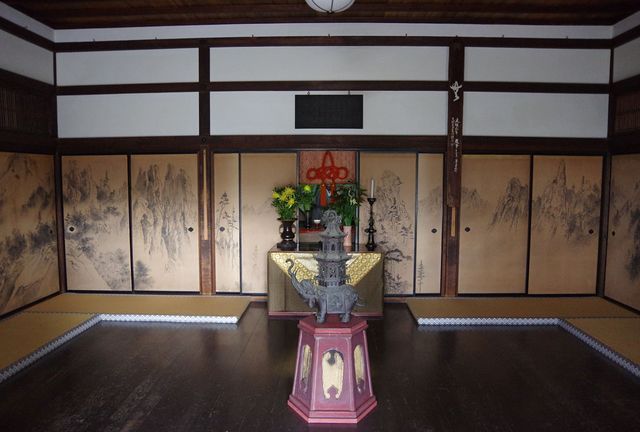


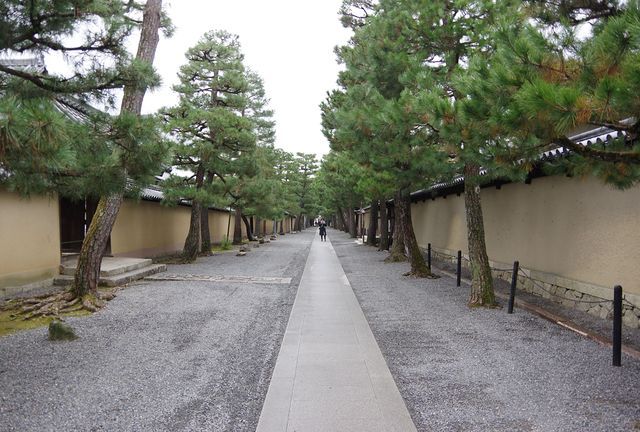
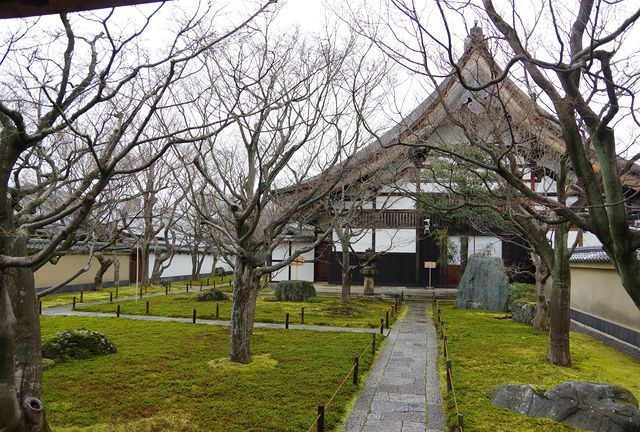
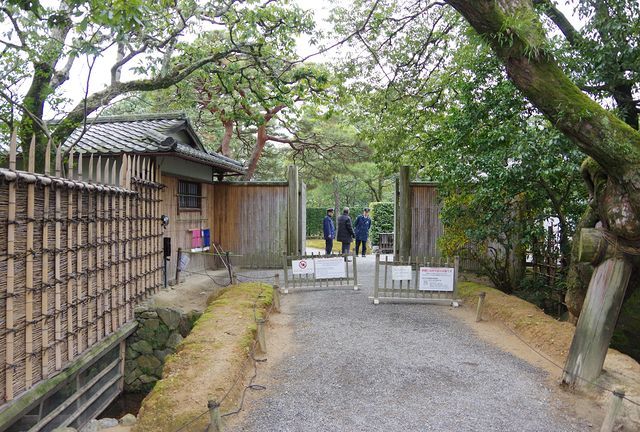
My last stop for the day was the Katsura Villa which is a 5 minute walk from the closest bus stop. Note that there are also limited amenities in the area which is a bit of an oddity for Japan. To put it simple - I came early and could not find a place close to buy a meal which was open (2:30PM).
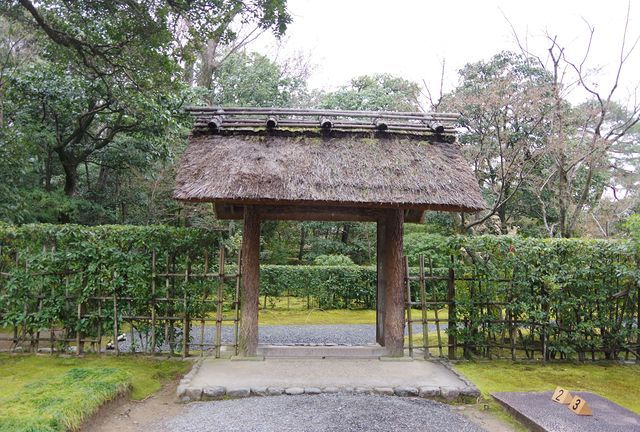
The Katsura Imperial Villa requires people to book either via phone or website but some walk up tickets are available. It costs 1000 yen to enter and is highly refined - just what I was expecting from the first villa.
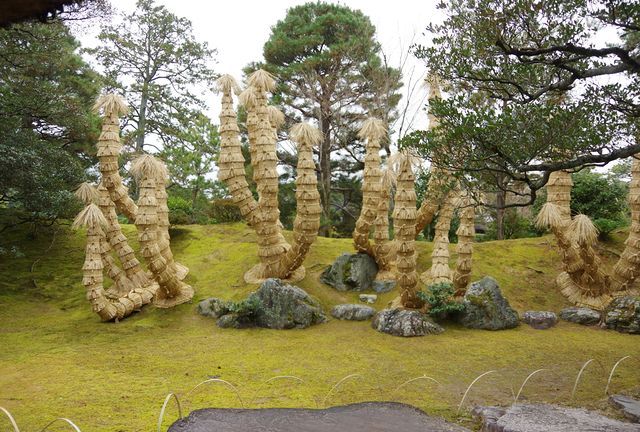
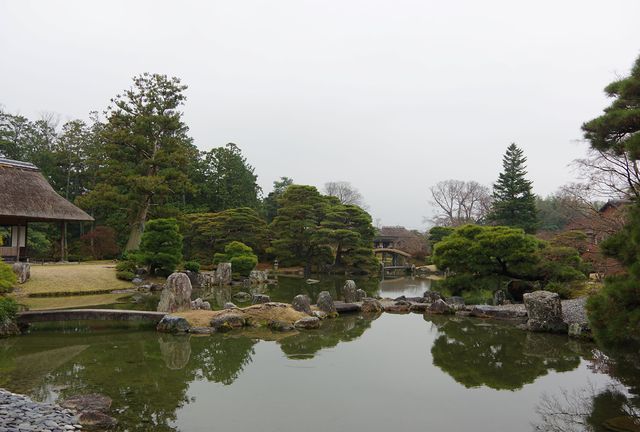
One of the advantages of this garden is that there are multiple languages that the tour is conducted in. Note that I do not think this villa would be good for small kids as you are not allowed step off the path and must follow direct instructions at all times.
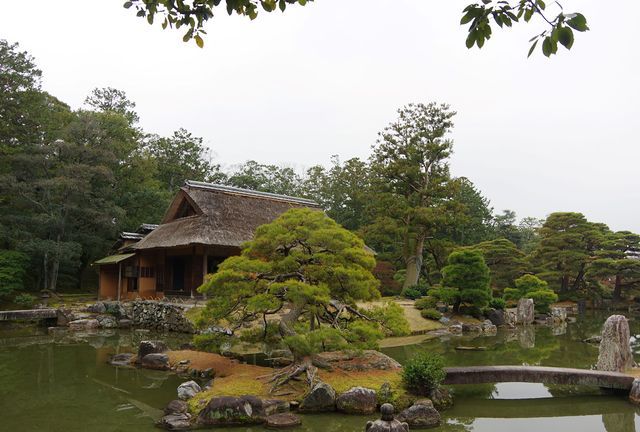
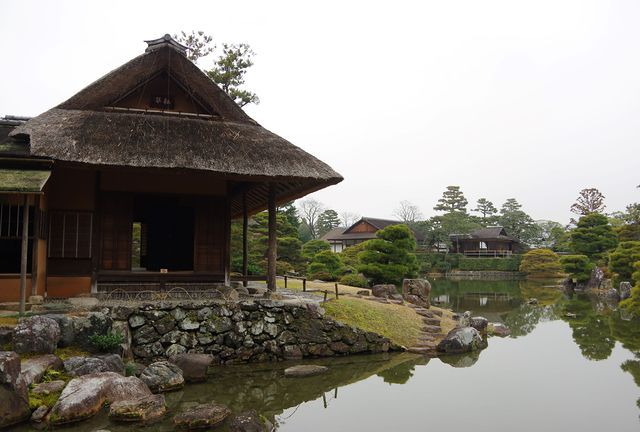
The garden has 4 different tea houses - one for each season and they are designed for that in mind. For example - the summer villa has good ventilation while the winter tea house house a large hearth.
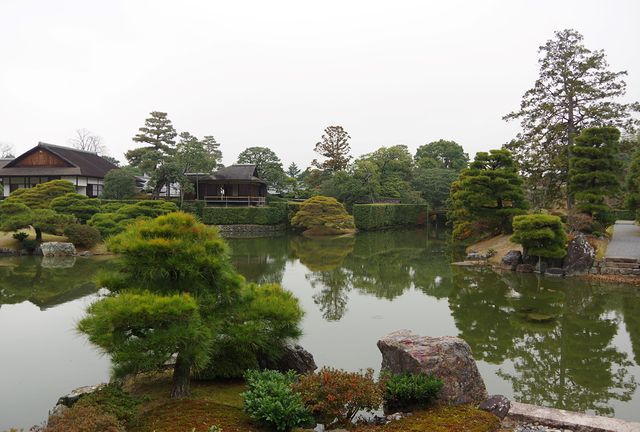
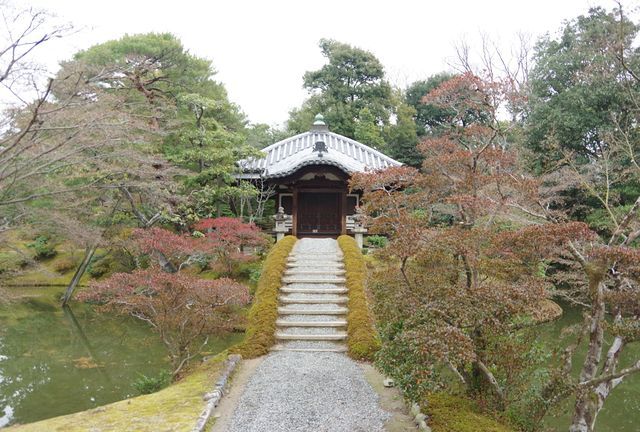
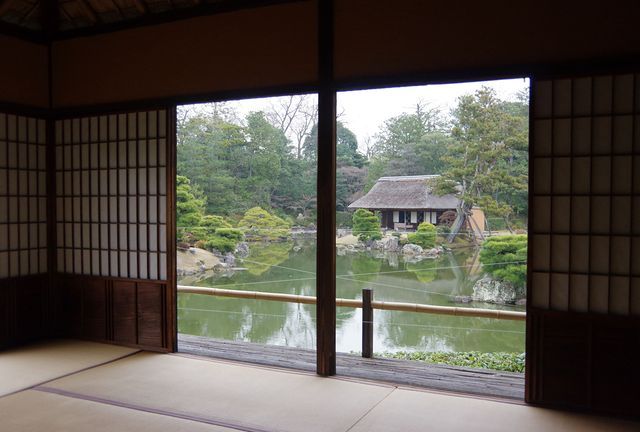
I quite enjoyed today - but I will say that it's best not to try and visit two Villas in the same day - specifically when they are on direct opposite sides of the city. If there was something that I did really appreciate today - it was the convenience and speed of catching buses over medium distances. Google Maps has really come a long way since 2013 when I was last in Kyoto. For tomorrow, I'll be picking up a car to visit Amanohashidate.
Further information:
Shugakuin Villa (http://sankan.kunaicho.go.jp/english/index.html)
Sekizanzenin Temple (http://www.sekizanzenin.com/index.html)
Daisen-in Temple (https://daisen-in.net/)
Katsura Imperial Villa (https://sankan.kunaicho.go.jp/register/month/4201)
| previous post |
| next post |